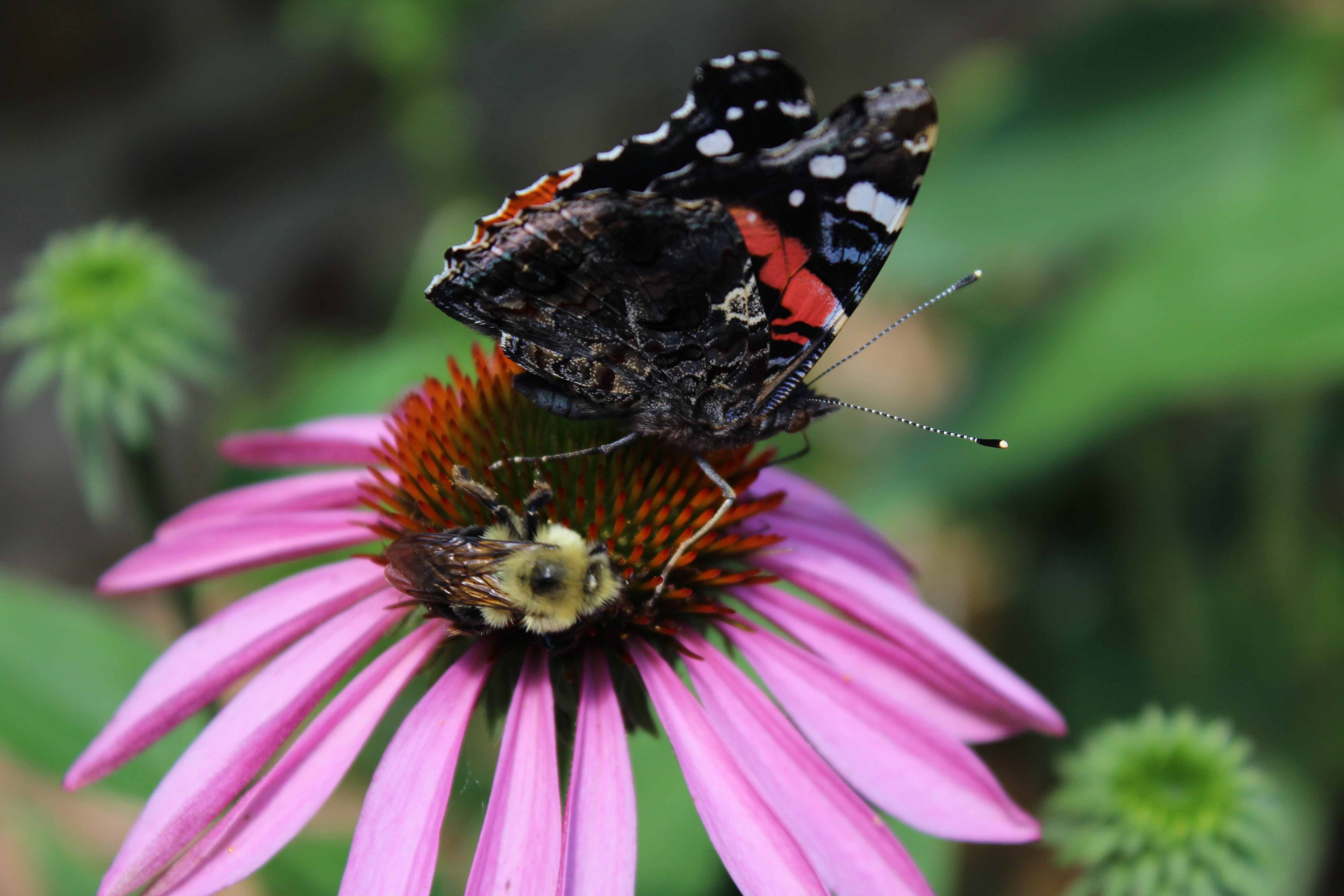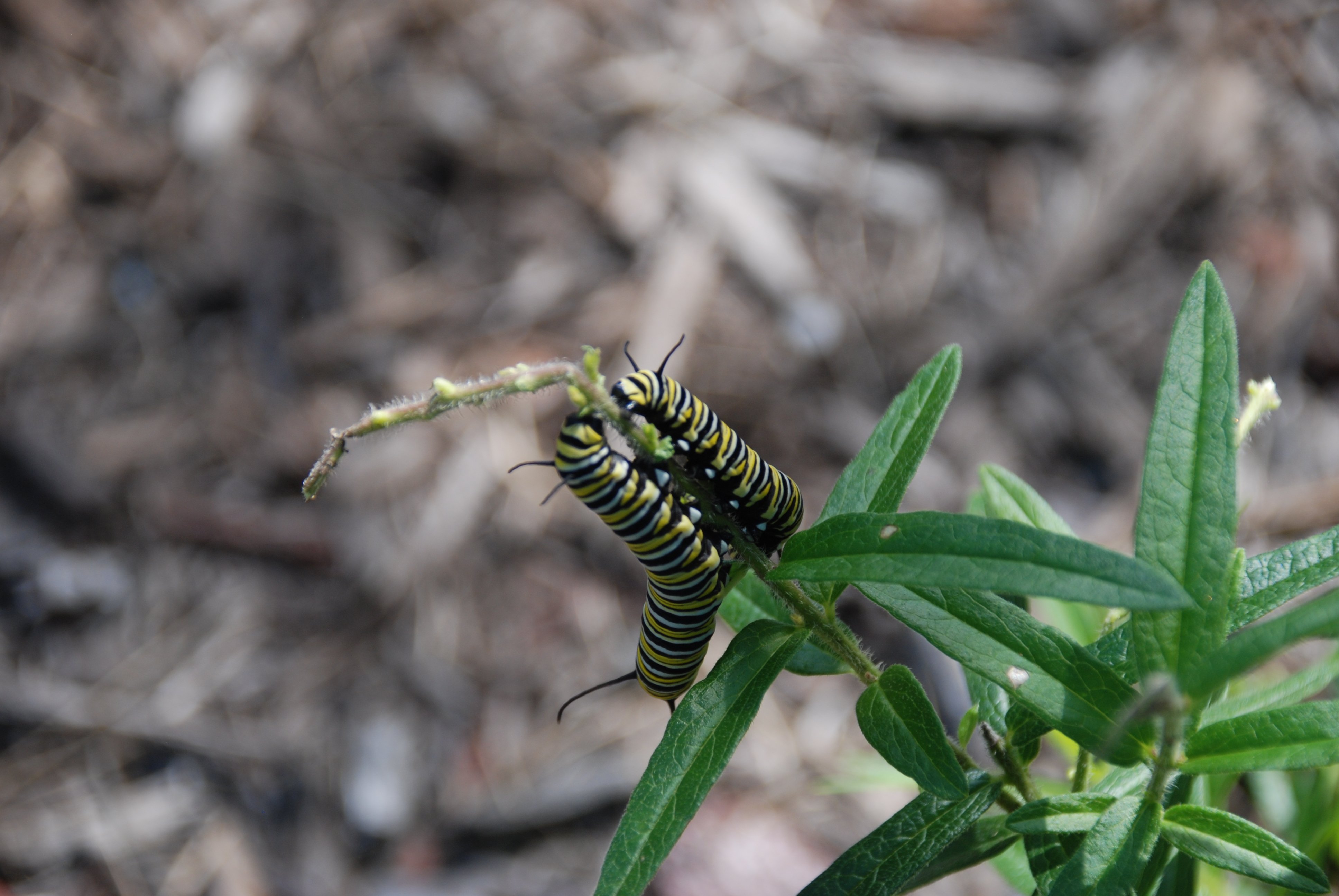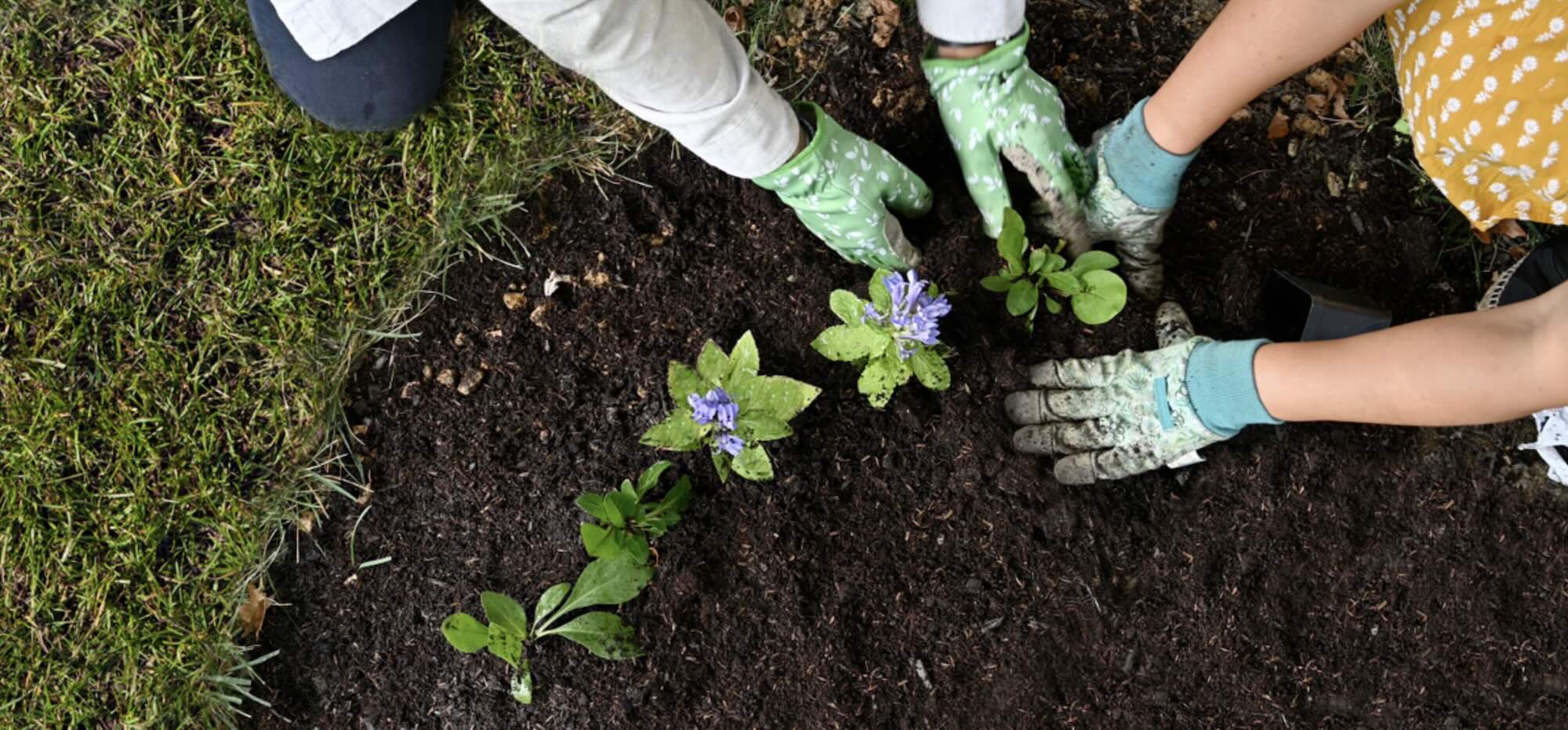
Shop at Garden for Wildlife and Save Animals
Shop Now and Save WildlifeWorld Animal Protection has partnered with Garden for Wildlife to help save wildlife around the world and in our own backyards. Gardeners and yard owners have the power to reverse biodiversity loss. Key wildlife species are disappearing at an alarming rate, but native plants create productive and sustainable places for wildlife to live. Since native plants have formed tight relationships with native species over thousands of years, wildlife presence can double within one season!
Garden for Wildlife has removed the guesswork and web searches that you may need to get started. They know which native plants will best support wildlife. Since most chain stores carry little-to-no natives, they work with a network of regional growers to get chemical-free native plants delivered to you. So, you’ll be supporting smaller businesses and animals at the same time!
When you shop at Garden for Wildlife, 15% of your purchase of non-sale items will be donated to World Animal Protection.

Be a hero to pollinators.
By gardening for wildlife, you aren’t just creating beauty, you’re becoming a hotelier for caterpillars, butterflies, and moths. Native plants are responsible for supplying 30% of native bees the food their young need to survive. Additionally, native plants do double duty by acting as “natural bird feeders” providing caterpillars and other insects which make up the primary food source for the young of most backyard birds.
Balcony and Patios for Wildlife
Creating a container wildlife garden is a fantastic way to attract wildlife, even if you don't have a traditional yard or lawn. A small-scale wildlife sanctuary on your balcony, deck, or patio can make a huge difference to hundreds of creatures each year. Good things really can come in small packages!
The Science Behind it All
Native plants are the core of any wildlife habitat garden. Even small-scale native plant gardens that incorporate blooming plants for multiple seasons are proven to increase pollinator abundance and diversity. Within days or even moments after native plants are introduced to a space, wildlife can appear. Garden for Wildlife’s plant selections and collections are based on research by Dr. Doug Tallamy and the University of Delaware Entomology research team, pollinator conservationist Jarrod Fowler, and Dr. Jaret Daniels, Entomologist, University of Florida.

What We Know
- Research shows wildlife habitat gardens support 50% more wildlife than surrounding conventional landscapes.
- Keystone native plants support 90% of butterflies and moths, up to 60% native pollen specialist bees, and 96% of backyard birds.
- Monarch butterfly populations have plummeted in recent decades. Though populations vary year to year, the eastern population has been down 90% and the western population over 99%.
- 96% of backyard birds rely on insects and other invertebrates as the only source of food for their babies.
- The North American bird population has declined by almost 1/3 in the last 50 years. That means three billion less birds than in 1970. Habitat loss, reduction of native plants, and fewer insects are among the primary causes.
- 90% of flowering plants rely on animal pollinators for fertilization, without which these plants cannot reproduce or form seeds, berries, nuts, and other foods relied on by wildlife and people.
- There are approximately 4,000 species of native bees in North America. Depending on location, 15% to 60% of these bee species are pollen specialists who only eat pollen from 40% of specific types of native plants.
- Supporting a diversity of species visiting your native plant garden benefits you and your family as well, offering many nature- and family-friendly activities. Birdwatching, in particular, is one of the fastest-growing leisure trends in the US!

Next steps:
- Visit Garden for Wildlife’s website to learn what plants native plants will best support wildlife in your neighborhood. Plus,15% of your purchase of non-sale items will be donated to World Animal Protection.
- When you’re ready to plant, this step-by-step video tutorial with National Wildlife Federation Naturalist David Mizejewski will guide you through best practices to support wildlife.
- If you’re new to gardening, GFW’s Learning Center will support your journey from a gardening novice to a wildlife-saving superhero.